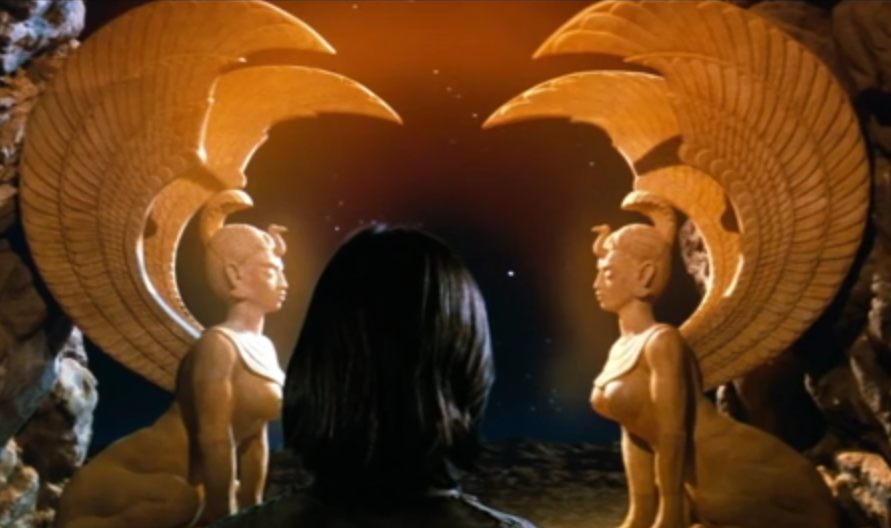What Do You Dream About?
by Alexandra Molotkow


Janet Allon, in a New York Times article from 1998 (posted on Longreads earlier this year) interviewed New Yorkers about their dreams of the city:
Every night, behind millions of closed eyelids, little New York movies flicker, as fleetingly as yesterday’s fireworks: images of an Upper West Side apartment where one room opens into another, then another; of verdant midtown oases; of downtown lofts with streets running through them, of an A train that takes the dreamer far from Harlem.
The imagination is well nourished in New York, which to many seems like a city that already has the mythical character of a dreamscape. In real life, elevators plunge into watery basements, office and apartment towers soar skyward and there is a feast of characters and symbols to feed on.
Like everyone else who moves to New York after a long period of Wanting to Move to New York, I visited the place on and off for many years, and had many literal dreams about the city. Some were nightmares: lightning hits Empire State Building, terrible bugle plays, streets overrun with creatures who materialize out of nothing and skin you alive, or fold you backward like a pullout couch and fuck a hole in your chest. (And sort of resemble the giant monsters in The Neverending Story II.) But many were neutral and most were indistinct, just bundles of images and moods, my brain kneading out its impressions.
Laurie Anderson remains a huge blind spot for me, but she was only a name from the record bins until I read, in Will Hermes’s Love Goes to Buildings on Fire, about her Institutional Dream Series: in the 1970s, Anderson napped in public places all around New York City to see how they would shape her dreams. It made so much sense to me! Dreaming is how you digest a place. Getting to know somewhere feels like coating it in my enzymes. I dream it and it’s mine, inside me for always, which is a creepy thing to tell someone whose apartment you’ve sublet. (I’m there in a different dimension, I promise we will never cross paths.)
I’ve dreamed Toronto over; there’s a parallel city in my head, and I’m constantly revisiting the apartments I lived in as a kid. My parents still live in the real-life neighborhood I grew up in, I’m there frequently, and it’s strange to walk past buildings that are also rabbit holes, to see the signs of new tenants. “Many people interviewed said they dreamed about their childhood homes,” Allon writes, “especially if they were from neighborhoods that had changed radically over the years.”
Cities mutate, and dream cities mutate according to different logic, although New York “is a city that often appears to be influenced by the jumpy logic of dreams, where from one block to the next continuity is lost and a neighborhood’s mood shifts… Rumbling beneath it all is a network of tunnels and trains, a mirror, perhaps, of the unconscious.” For years before I left Toronto, I kept dreaming of new subway stops — I think it was my subconscious trying to churn some excitement out of a city that had stopped surprising me. A new subway station is exciting, a possibly distinct world, a new level in a video game.
The other day I walked down Eastern Parkway toward Grand Army Plaza (which scares the hell out of me at night, by the way, maybe through Neverending Story flashbacks), a stretch of blocks that I’ve missed a lot. I thought it would feel heavier to finally be there again, but it almost didn’t matter, or maybe it only matters when I’m not there. More and more, it seems there’s little difference between IRL impressions and dream impressions and impressions from books or music or movies or wherever. The same goes for memories and the present. You never leave a time behind, your whole life is in one place.
When I got home, I picked up the book I’d just started, David Wojnarowicz’s Close to the Knives, and there it was on page 26:
There is really no difference between memory and sight, fantasy and actual vision. Vision is made of subtle fragmented movements of the eye. These fragmented pieces of the world are turned and pressed into memory before they can register in the brain. Fantasized images are actually made up of millions of disjointed observations collected and collated into the forms and textures of thought.
I’ve been thinking there must be a word for encountering the real version of something you’ve only imagined — any thing: a place, a person, a song, an age. When I was a teenager, a friend gave me a summary of National Lampoon’s Vegas Vacation. He described one scene in which the characters visit a busted casino, where one of the games is “pick a number between one and ten” — I thought it was the funniest idea, but I couldn’t for the life of me imagine how it played out. Pretty simply, as it happens.
Since moving here I’ve found myself in a continual state of déjà vu, which is just the waking half of the dream cycle: a place becomes a dream state, which overlays a place. I barely slept the month of May. Last Friday night I cancelled my plans and slept for 14 hours, not to rest, but to be somewhere I missed.